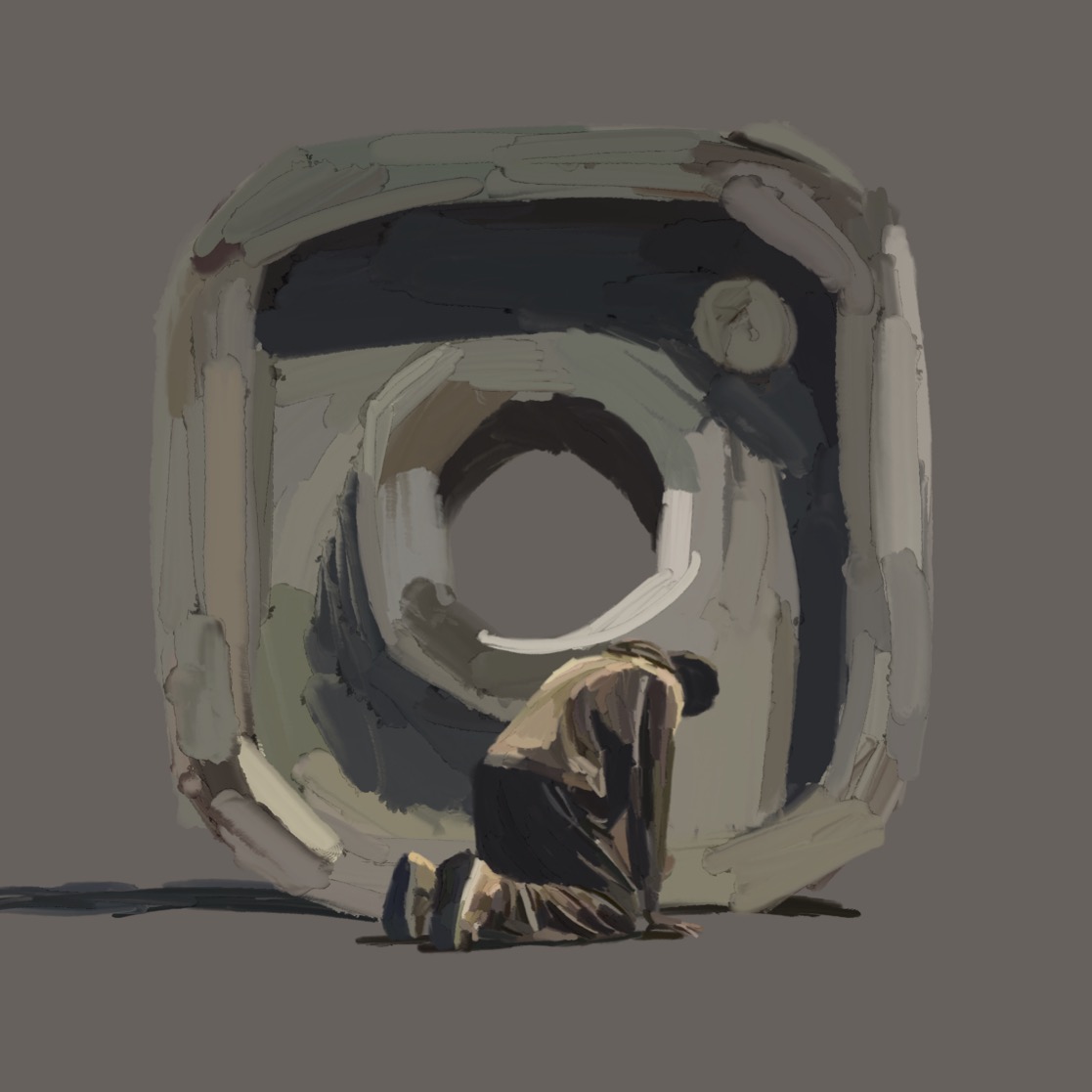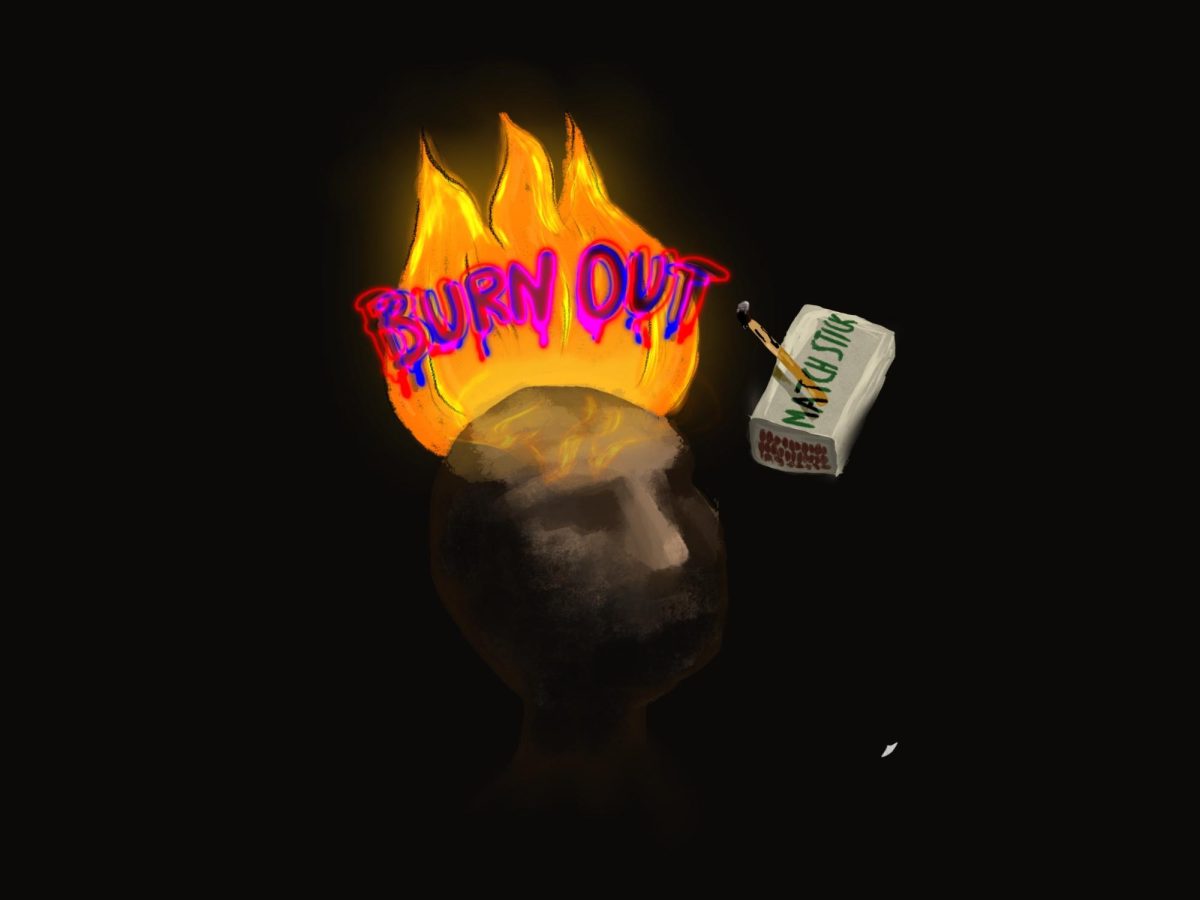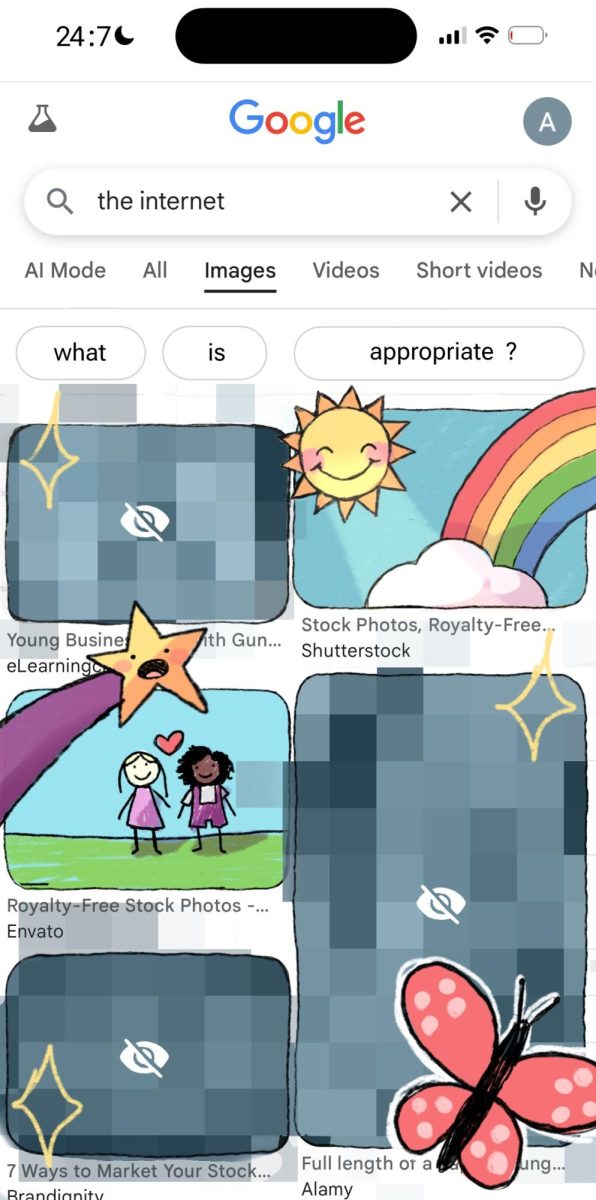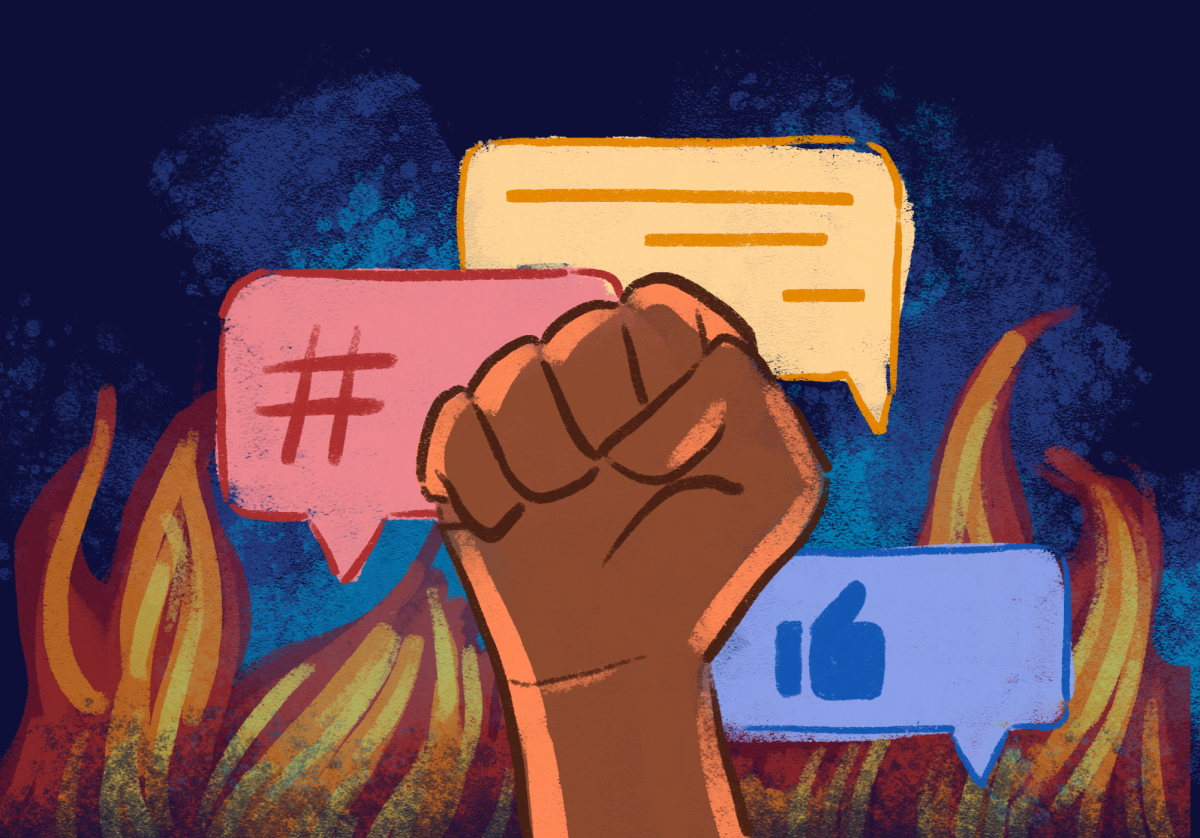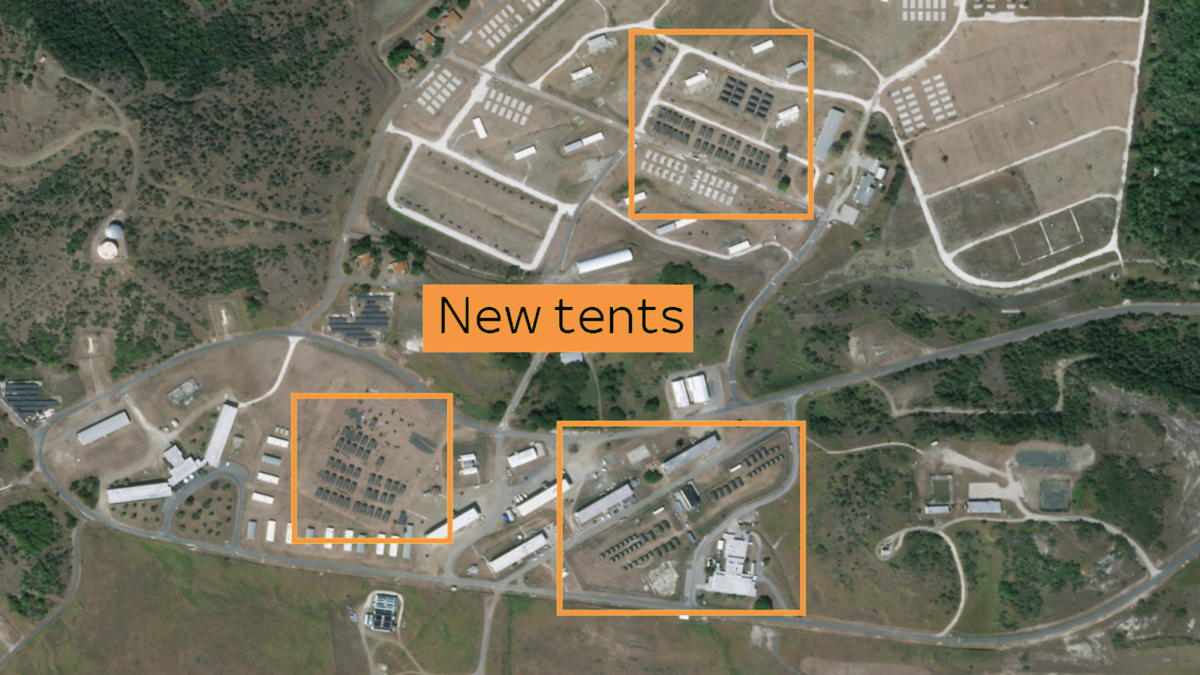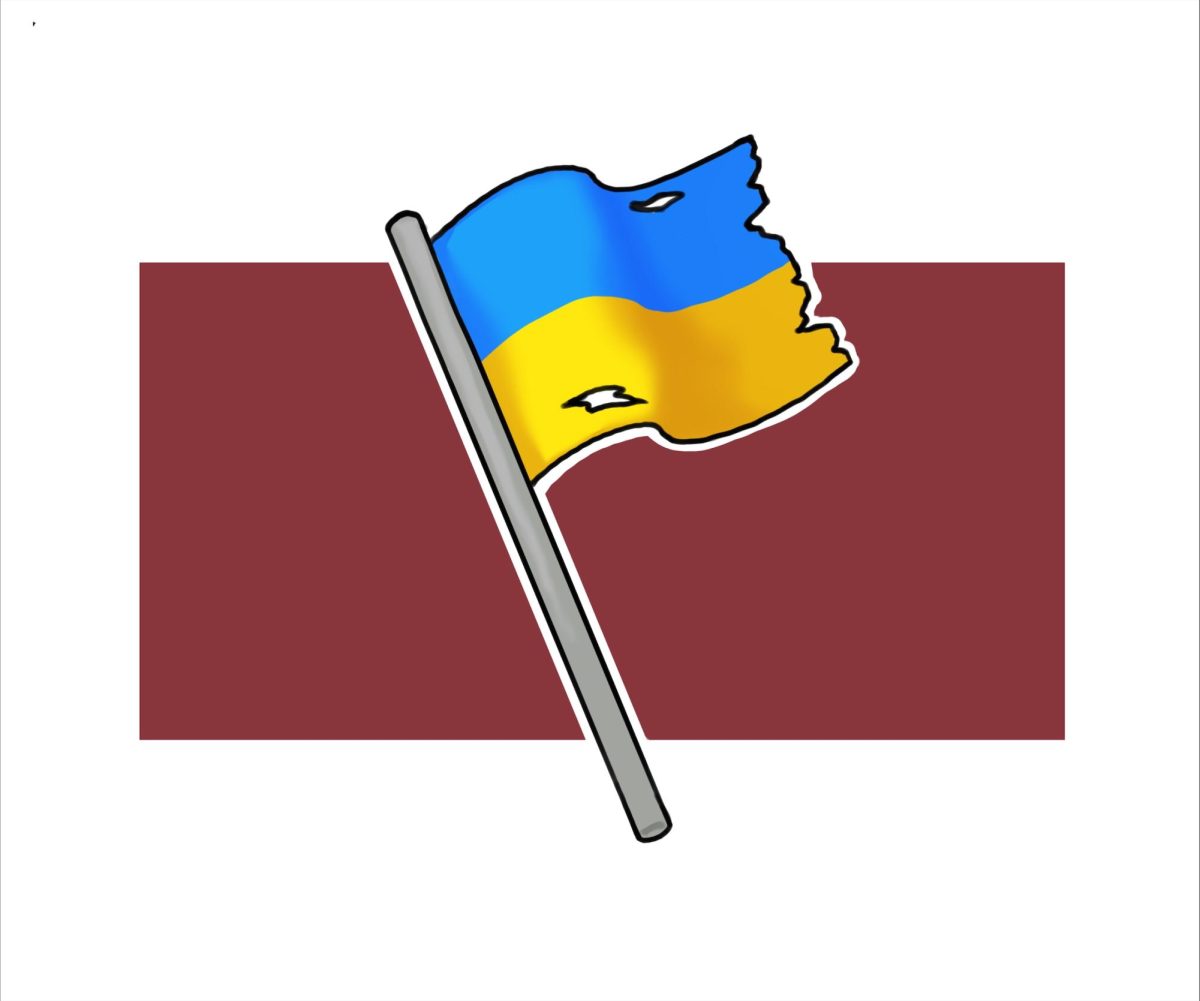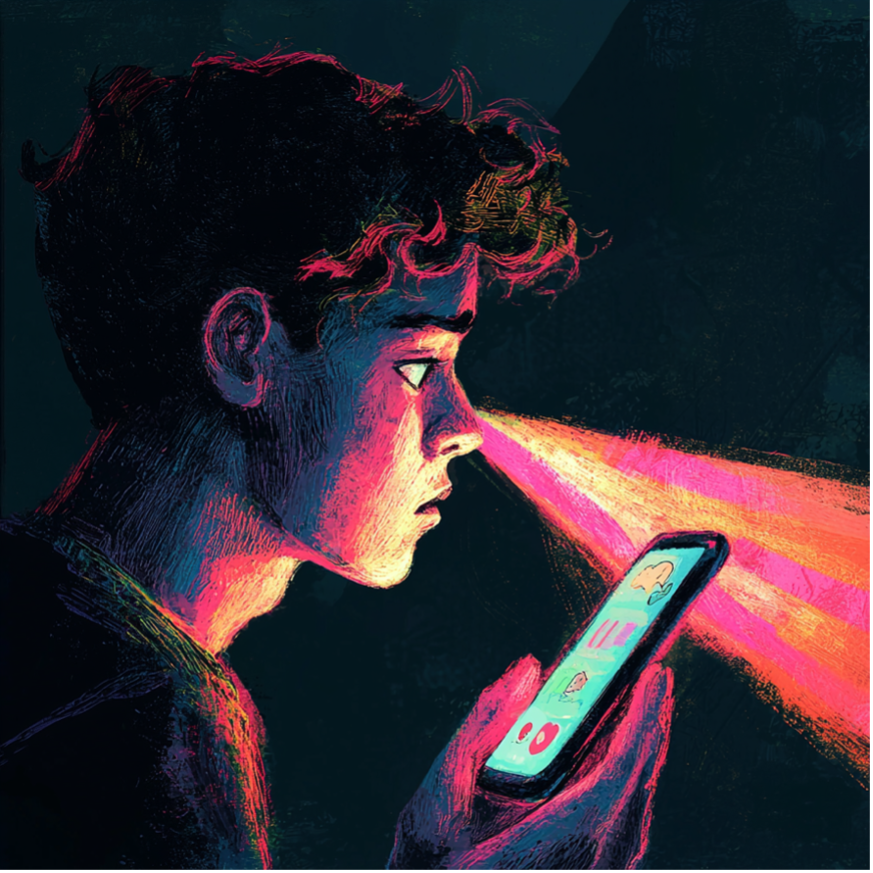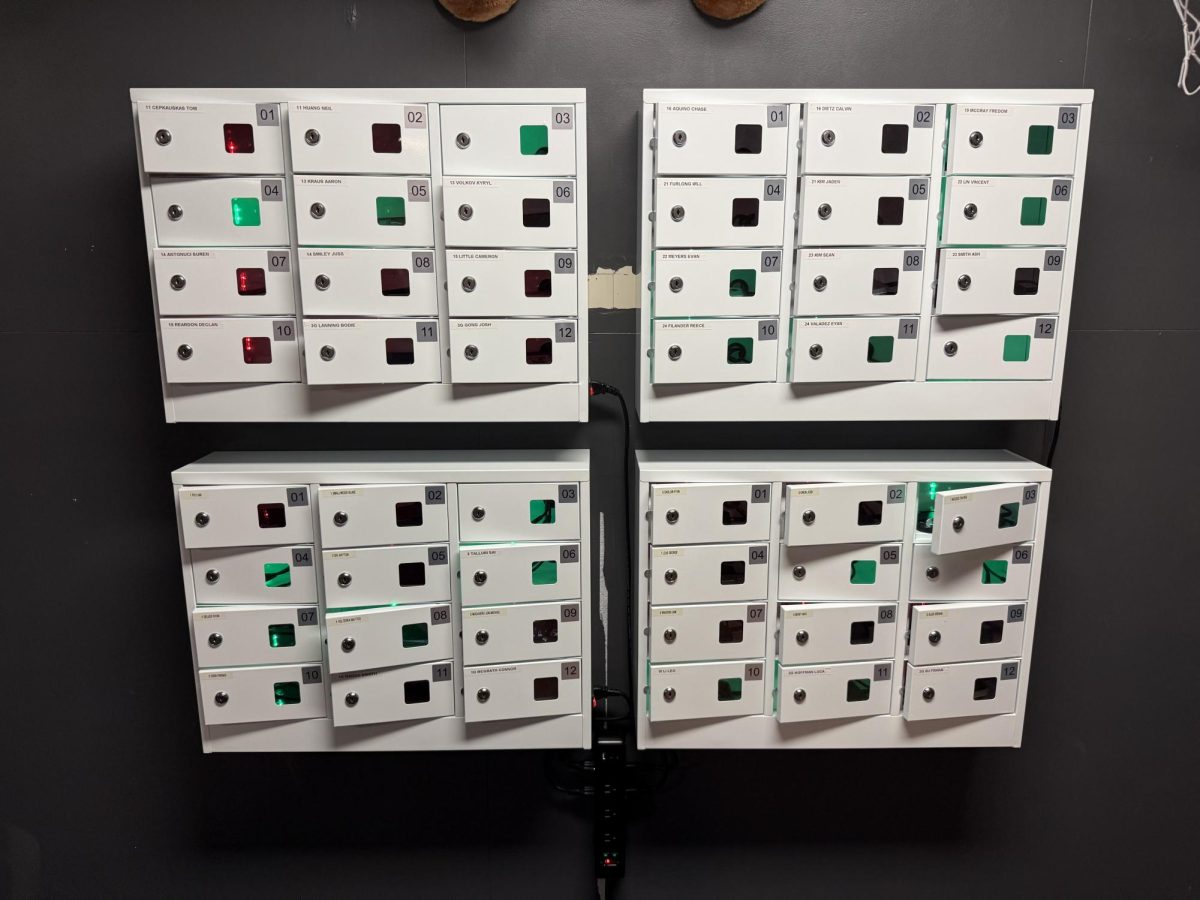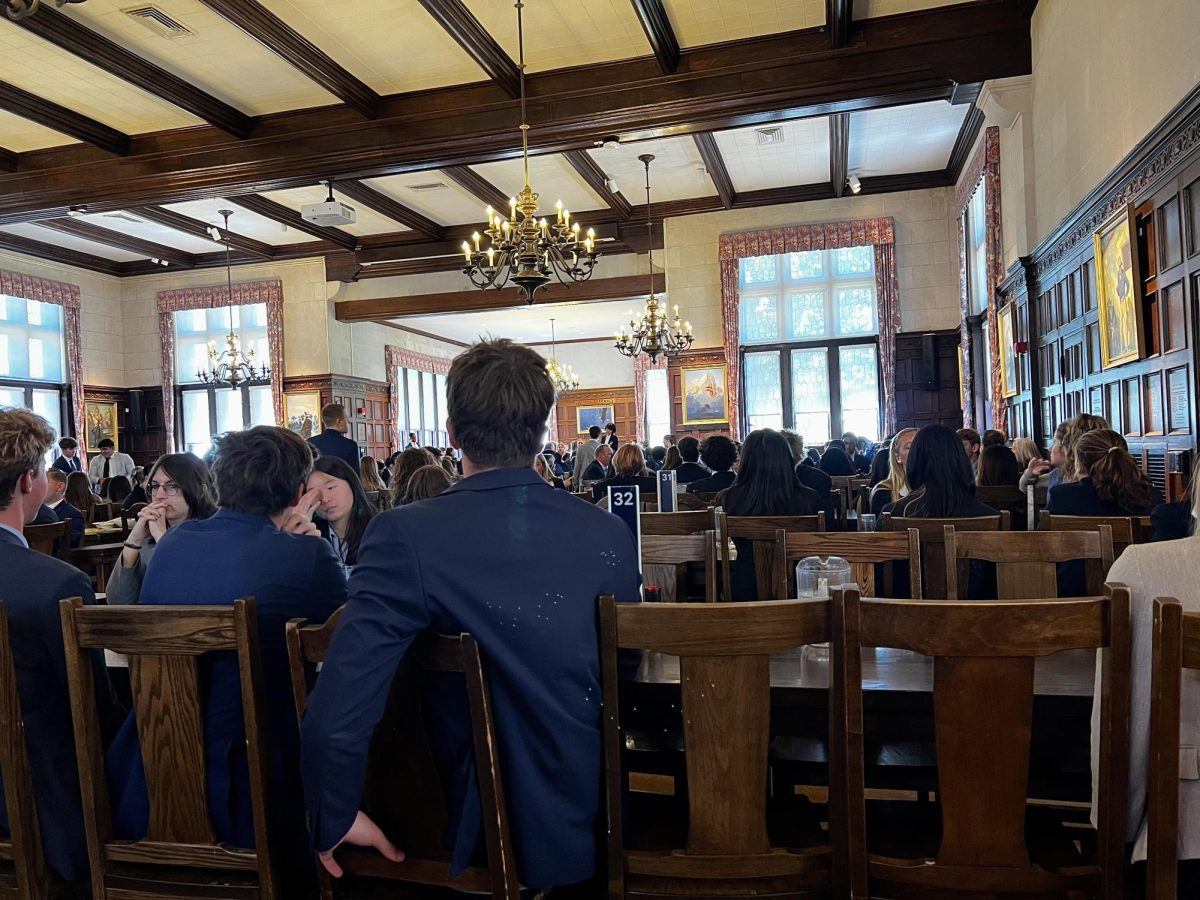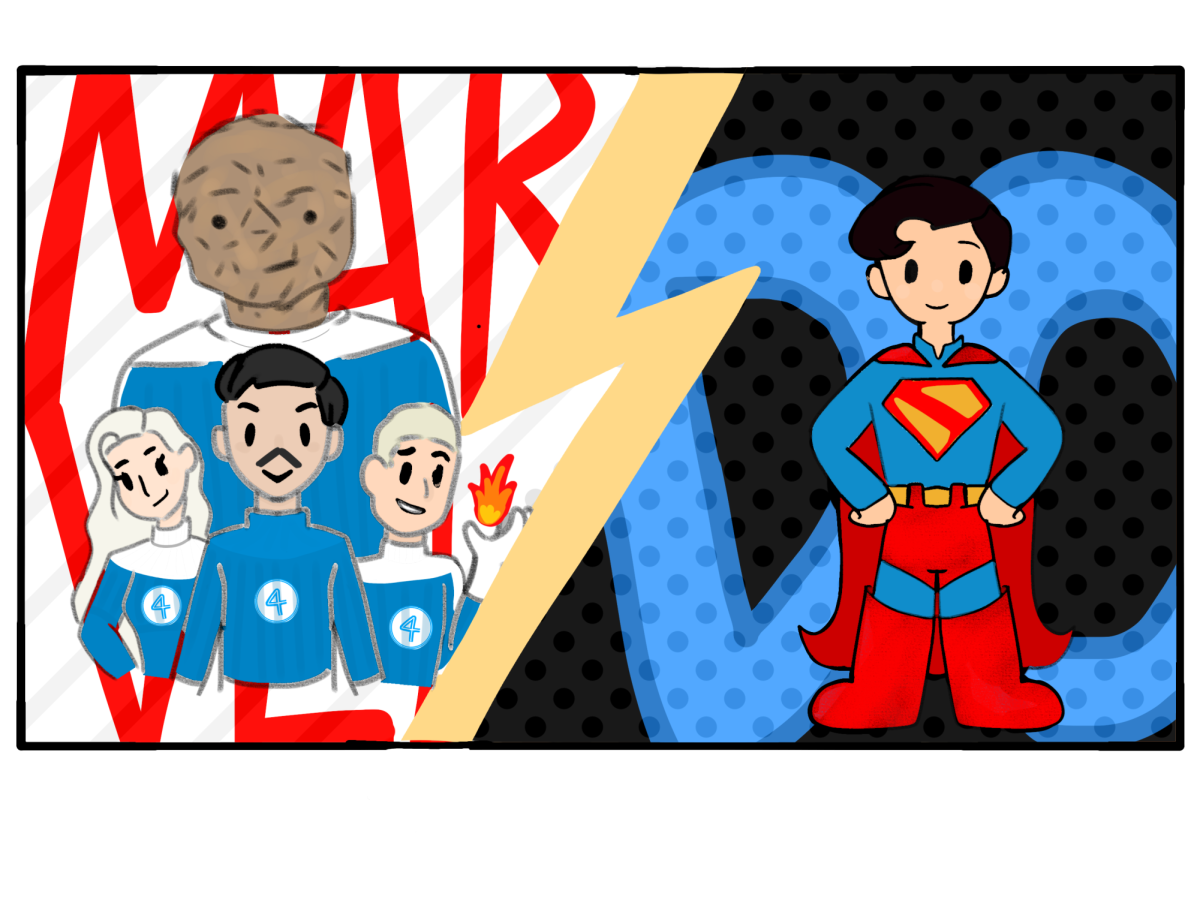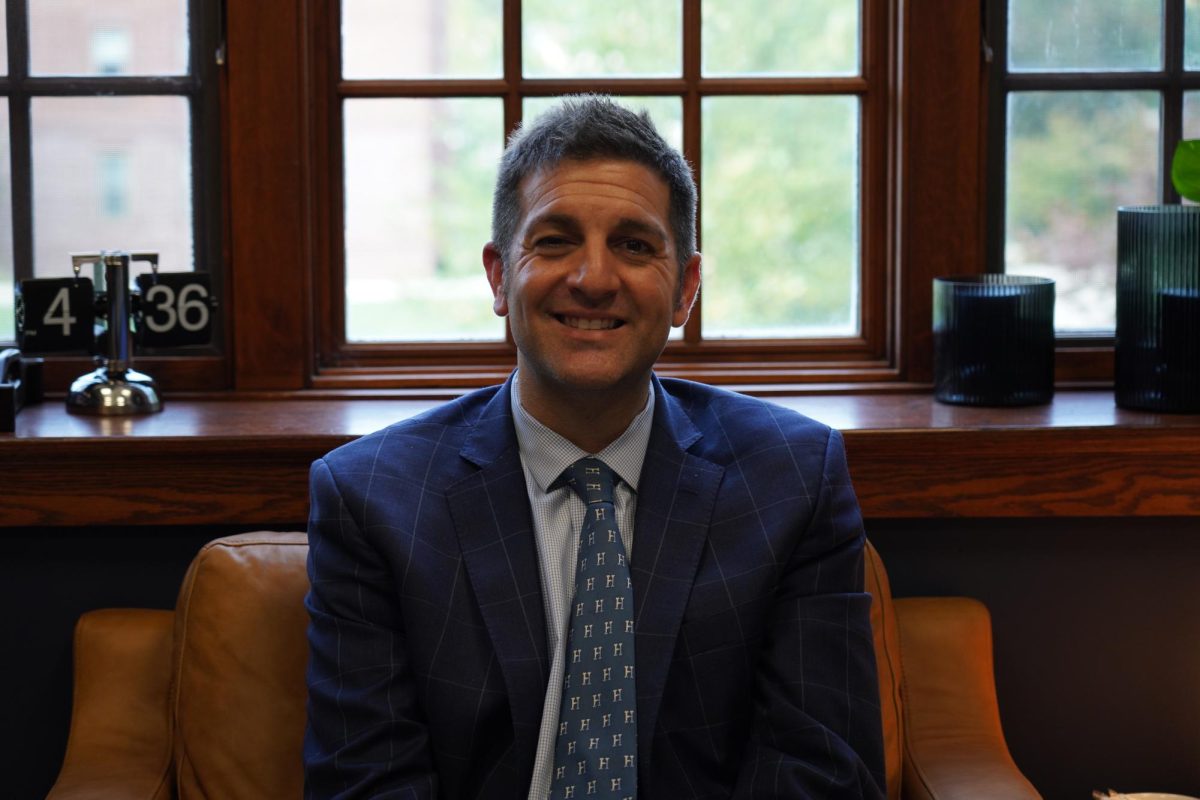On September 8, tens of thousands of Nepali youths gathered in Kathmandu to protest the government’s sudden shutdown of major social media platforms. Demonstrators carried signs, shouted rallying cries against corruption, and attempted to push past police barricades near parliament. Security forces responded with tear gas and live fire, leaving at least 19 dead and many more injured.
The protests were sparked by a federal order made four days prior, mandating 26 social media platforms—including Facebook, X (formerly Twitter), YouTube, and Reddit—to register under new regulations tied to a national digital services tax. When the platforms were banned for noncompliance, many Nepalis viewed the move as the government’s attempt to restrict public expression.
For a large portion of Nepal’s younger generation, the shutdown was a tipping point. Already suffering from decades of corruption, inequality, and high youth unemployment, Nepali students and young workers saw the ban as a direct attack on their ability to connect, organize, and speak freely. What began as outrage over the internet quickly grew into a broader movement against entrenched political power. Tens of thousands participated in demonstrations across major cities, some attempting to storm government buildings and, in Kathmandu, setting fire to a police station.
Teacher of History & Social Sciences Nicholas Malinak noted that unrest often emerges under governments facing corruption and slow economic growth. “When you’re in a system where the government still is not entirely representative and has a fair amount of corruption, and where the economy is not growing as much as people would like, you get this discontent among younger people–especially when they see and interact with so much of the outside world,” said Malinak. He pointed out that similar frustration has appeared in parts of southern Europe with high youth unemployment.
Confronted with the protests, the government lifted the social media ban. But the concessions did not end there. Prime Minister K.P. Sharma Oli resigned, parliament was dissolved, and on September 12, former Chief Justice Sushila Karki was sworn in as Nepal’s first female prime minister. Karki–known for her anti-corruption rulings–was elevated as part of a compromise between protest organizers, the president, and the army chief. Her name had circulated widely in online forums during the uprising, with protesters rallying support for her through platforms like Discord.
Malinak explained that social media’s role in Nepal differs from how it functions in the United States. “In somewhere like Nepal, where you’ve got enough freedoms for people to feel safe posting things, and enough democracy for people that they feel like they should have these rights, social media can act as an outlet where that wouldn’t exist otherwise,” said Malinak.
Karki’s appointment marked a dramatic turning point, but questions remain about how long the current calm will last. General elections have been scheduled for March 2026, and the interim government has pledged to prioritize anti-corruption measures and rebuild public trust. “The positive is to listen to the discontent of your citizens and be willing to respond in ways that acknowledge their unhappiness,” commented Malinak.
Nepal’s path forward will depend on whether new leadership can deliver on those promises and whether the country’s energized youth movement continues to push for lasting political reform.




